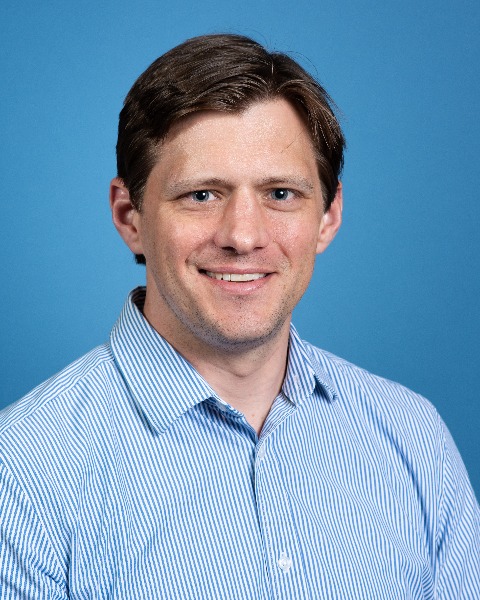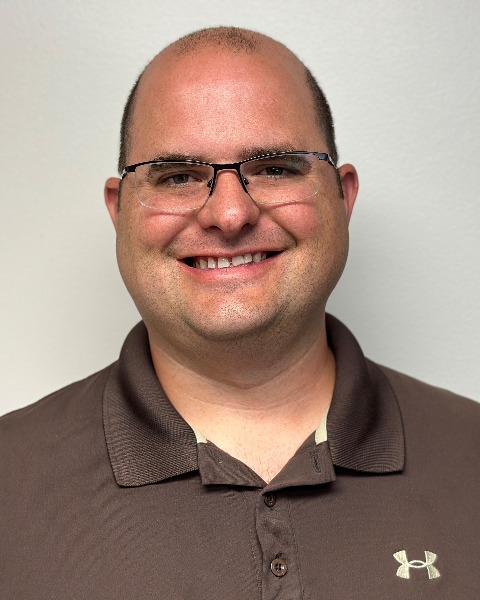Concurrent Session
Session: Hydraulic Modeling
CS35A - Concurrent Session 35A: Physical Modeling and CFD Modeling of the South Fork Tolt Spillway
Wednesday, September 25, 2024
8:30 AM - 9:00 AM MT
Location: Colorado Convention Center, Meeting Room 501-502

Zach Taylor, P.E.
Senior Hydraulic Engineer
Kleinschmidt
Redmond, Washington- AI
Ashraf Islam, Ph.D, P.E.
RIE Consultants

Bryan J. Heiner, P.E.
USDA - ARS
Denver, Colorado- ET
Eric Thorberg
Seattle Public Utilities
Presenter(s)
Co-Presenter(s)
The South Fork Tolt Project is owned and operated jointly by two departments of the City of Seattle: Seattle Public Utilities (SPU) and Seattle City Light (SCL). The project currently provides drinking water for approximately one-third of SPU’s 1.5 million customers in the Seattle area, in addition to providing hydropower, flood mitigation and other benefits. The most recent FERC Part 12 inspection, in 2017, included recommendations to study the condition of the spillway. These studies identified some areas in need of repair or further evaluation including concrete deterioration, underdrain conditions, chute overtopping potential, and additional structural and hydraulic studies. As part of an improvements options analysis to address these issues, two physical laboratory models and a CFD model of the spillway were used to better define the hydraulic characteristics of the spillway.
Reclamation’s Technical Service Center - Hydraulic Investigations and Laboratory Services Group constructed a 1:18 scale physical model study of the Tolt spillway at Reclamation’s Hydraulics Laboratory in Denver, CO. The model study focused on extending the rating curve for the morning glory spillway and observing hydrodynamic characteristics (including air-water interactions) as well as measurement of velocities, invert piezometric pressures, and overtopping potential along the open channel reach and chute walls of the spillway. Maximum water surface elevations of the shock waves in the spillway channel were used to specify the necessary height of wall raises along the spillway channel to contain the design flow.
RIE Consultants developed a 3D CFD model of the spillway (including the horseshoe tunnel, spillway channel, spillway chute, and stilling basin). The objective of the CFD model was to evaluate proposed alternatives. FLOW-3D software was used to simulate the spillway, and model settings were calibrated based on the results of the physical model.
Kleinschmidt performed a multi-criteria options analysis to develop and select a preferred spillway improvement option to address dam safety considerations and water supply resiliency. Options were developed to improve the conditions identified by the 2017 inspection and subsequent studies. The results of the physical and CFD models were used to inform the selection of the preferred improvement alternative.
Reclamation’s Technical Service Center - Hydraulic Investigations and Laboratory Services Group constructed a 1:18 scale physical model study of the Tolt spillway at Reclamation’s Hydraulics Laboratory in Denver, CO. The model study focused on extending the rating curve for the morning glory spillway and observing hydrodynamic characteristics (including air-water interactions) as well as measurement of velocities, invert piezometric pressures, and overtopping potential along the open channel reach and chute walls of the spillway. Maximum water surface elevations of the shock waves in the spillway channel were used to specify the necessary height of wall raises along the spillway channel to contain the design flow.
RIE Consultants developed a 3D CFD model of the spillway (including the horseshoe tunnel, spillway channel, spillway chute, and stilling basin). The objective of the CFD model was to evaluate proposed alternatives. FLOW-3D software was used to simulate the spillway, and model settings were calibrated based on the results of the physical model.
Kleinschmidt performed a multi-criteria options analysis to develop and select a preferred spillway improvement option to address dam safety considerations and water supply resiliency. Options were developed to improve the conditions identified by the 2017 inspection and subsequent studies. The results of the physical and CFD models were used to inform the selection of the preferred improvement alternative.
